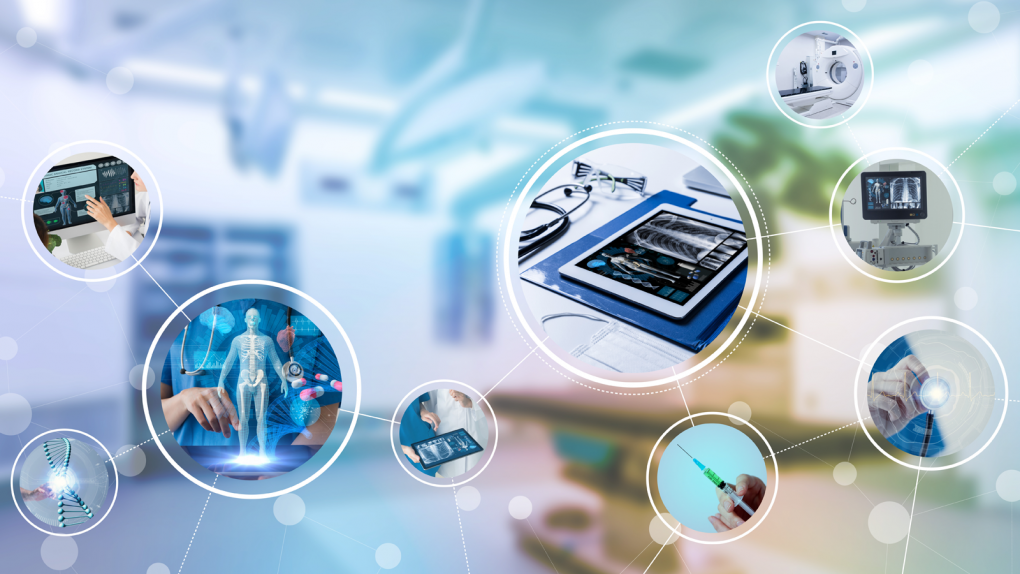Since the beginning of the COVID-19 pandemic, the demand for medical devices has far exceeded anything we have seen in previous public health emergencies. The U.S. Food and Drug Administration’s Center for Devices and Radiological Health (CDRH) has worked to address these unprecedented demands, while continuing to fulfill our mission to protect public health and facilitate medical device innovation. However, the significant increase in workload has adversely impacted our premarket review times for both COVID and non-COVID medical devices and our ability to meet all requests for pre-submission meetings. In April 2021 and December 2021, we communicated the steps we were taking to return our premarket program to normal operations. Today, we are providing our latest update.
Update on CDRH’s COVID-19 Submissions and Workload

CDRH continues to manage a high volume of conventional premarket submissions (510(k), De Novo, PMA) and requests for Emergency Use Authorization (EUA). Since January 2020, we have received over 8,000 EUA requests and pre-EUA submissions for devices, including nearly 1,000 so far in fiscal year 2022. We continue to receive nearly 120 EUA requests and pre-EUA submissions each month, the majority for in vitro diagnostic (IVD) tests, and we have begun receiving conventional submissions from firms intending to transition their products beyond emergency use.
To date, we have granted EUAs or traditional marketing authorizations to over 2,300 medical devices for COVID-19, nearly 600 in fiscal year 2022 to date, including 15 times more EUAs for this public health emergency than all other previous emergencies combined. In total, CDRH has reviewed 510(k)s for and cleared over 1,400 devices that can be used for COVID-19 and certain similar diseases, including in future pandemics, with almost 500 devices in fiscal year 2022 to date. We greatly appreciate the support we received from Congress, particularly in the form of supplemental funding we used to support increased staffing to address the pandemic-related workload.
Review of In Vitro Diagnostic (IVD) Pre-Submissions

With the unprecedented number of EUA requests and pre-EUA submissions that we received for COVID-19 tests and collection kits, CDRH has had to prioritize resources to address the pandemic workload. Moreover, as a result, we have not been able to review some non-COVID IVD pre-submissions. Our IVD office has focused on increasing staffing to address the increased volume of work, allowing us to provide more resources to our conventional premarket workload. In December 2021, we highlighted our prioritization of work related to COVID-19 response and our ability to accept a limited scope of non-COVID pre-submissions. We are pleased to announce that, as of June 1, 2022, CDRH plans to accept all non-COVID IVD pre-submissions. Due to the continued elevated workload related to COVID, it’s likely these IVD pre-submissions will initially be reviewed under an extended timeline.
Consideration of Hold Times for Requests for Information
In December, we issued the guidance “Effects of the COVID-19 Public Health Emergency on Formal Meetings and User Fee Applications for Medical Devices — Questions and Answers (Revised)” to allow sponsors adversely impacted by the pandemic more time to address submission deficiencies. Along with our previously noted return to pre-pandemic review times for most submissions, we are also considering withdrawing this guidance.
Looking Forward with the Medical Device User Fee Agreements 2023 (MDUFA V)
We look forward to our continued interactions with device submission sponsors and appreciate your patience and understanding as we work to return to normal operations while continuing to respond to the public health emergency. The commitment that CDRH and the medical device industry share to prioritize innovation and increase patient access is central to our mission to protect and promote the public health. This commitment is exemplified by the recommendations in our Medical Device User Fee Amendments 2023 (MDUFA V) commitment letter, which is currently being considered by Congress, that would allow the FDA to increase efficiency of regulatory processes and reduce the time it takes to bring safe and effective medical devices to the U.S. market.


Leave a Reply